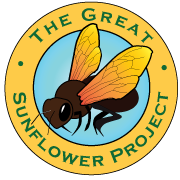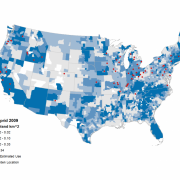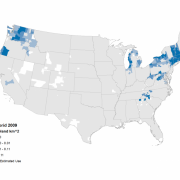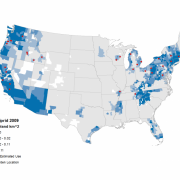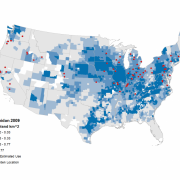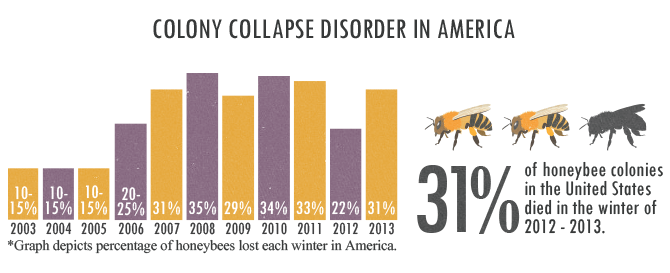
Image from Bring Back The Bees ...
Evidence has been accumulating that there are significant declines in honeybees regionally1,2,3. While habitat loss and climate shifts have long been considered potential drivers of pollination service3,4, we and other scientists are concerned about the use of neonicotinoid pesticides5 and associated fungicides6. Neonicotinoid pesticides are now the most widely used pesticides in the world7.
Using the data collected to date by you, the participants in the Great Sunflower Project, we are finding:
1. neonicotinoid pesticides decrease visitation rates by honey bees and that this decrease is not simply due to differences in land use or climate.
2. there are significant local effects of pesticide use that threaten pollination services in areas where there is substantial neonicotinoid pesticide use and that may create diminished food security for these localities.
We still don’t have enough data to speak to the effects of all the different neonicotionoids. You can see where the pesticides were used on the maps above and where we had participants collecting data. We NEED to fill in the areas across the United States to really see how big an effect these pesticides have. Please Help!
For this study, it is critical that we all plant the same variety of sunflower, Lemon Queen and that we use seeds that are not treated by neonicotionoids.
HOW TO PARTICIPATE:
1. Plant lemon queen sunflower seeds. Please check to make sure that the seeds did not receive a neonicotinoid seed treatment. One way to do this is to buy an organic seed. If not organic, check to make sure the seeds weren't treated with pesticides. We’ve been recommending people look for Renee’s Garden Seeds. We’ve partnered with Renee for a number of years and she has offered to pass along 25% of her proceeds from seeds bought at her website to the Great Sunflower Project. If you use the Coupon Code FR225A and whether you buy Lemon Queen sunflowers to participate in our pesticide research project or some other plants (which you can also use to count pollinators), 25% of the proceeds will be donated to us. Renee has confirmed that they never pre-treat any of their seeds whether they are organic or not.
2. Submit at least 3 pollinator counts of at least 5 minutes duration.
Having more than one count at your site will ensure that we get the most accurate estimate of pollinator service at your site.
Maps of Imidacloprid, Thiacloprid, Acetamiprid and Clothianidin neonictinoid pesticide use in 2009. Click on the map to get to all years of data and larger maps. To see the data and other pesticide maps follow this link to USGS.
References:
1. Pettis, J. S. & Delaplane, K. S. Coordinated responses to honey bee decline in the USA. Apidologie 41, 256–263 (2010).
2. Stokstad, E. Entomology. The case of the empty hives. Science 316, 970–972 (2007).
3. Potts, S. G. et al. Global pollinator declines: trends, impacts and drivers. Trends Ecol. Evol. (Personal Ed. 25, 345–353 (2010).
4. Moretti, M., Bello, F. De, Stuart, P., Roberts, M. & Potts, S. G. Taxonomical vs . functional responses of bee communities to fire in two contrasting climatic regions. 98–108 (2009). doi:10.1111/j.1365-2656.2008.01462.x
5. Van der Sluijs, J. P. et al. Neonicotinoids, bee disorders and the sustainability of pollinator services. Curr. Opin. Environ. Sustain. 5, 293–305 (2013).
6. Johnson, R. M., Dahlgren, L., Siegfried, B. D. & Ellis, M. D. Acaricide, fungicide and drug interactions in honey bees (Apis mellifera). PLoS One 8, e54092 (2013).
7. Goulson, D. REVIEW: An overview of the environmental risks posed by neonicotinoid insecticides. J. Appl. Ecol. 50, 977–987 (2013).
End Notes:
